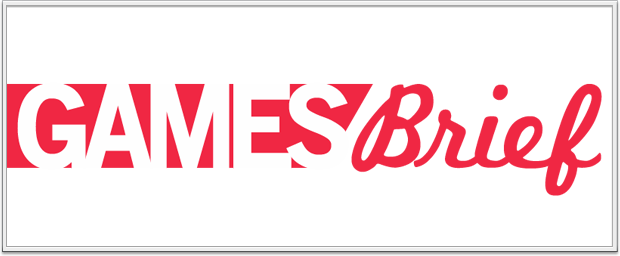
On giving business advice
First things first, I suggest you take a look at the Gamesbrief article and make sure you subscribe to Gamesbrief while you're over there!
I get asked to do these kind of tips / advice things quite a bit now and I always find it somewhat difficult.
We haven't released sales data on Frozen Synapse yet apart from within our close circle of dev friends because, frankly, we don't want people to judge the game on that yet. If the sales were very large (they're not!) people would expect things from us that might be difficult to live up to; if they were very small (they're not!) then it would discourage people from buying the game.
The pre-orders are doing well - they're enough for us to continue making the game in the way we want to make it and then release it. Nothing more than that - we need to have a good launch and build up a good community post-launch for the game to be a success.
We have also consciously decided not to go into full swing with our promotional efforts until we have time away from development to devote ourselves to them. We didn't think it was fair to the game or the community to excessively compromise work on it by having one member of the team permanently doing marketing. Yes, at times, I do drop all creative / dev work and go on a bit of a PR push or work on promotional things, but never exclusively.
That will all change around launch, when I will have a lot more devoted time to it, and marketing will become the most important thing. I've done my best to keep PR going throughout development, but it's always a balancing act.
Anyway, that all sometimes makes it difficult for me to give commercial advice - I always want to know the full background of anyone who's talking to me, including how successful their business is. That's why my advice always comes with disclaimers - "I CERTAINLY don't know everything - I am learning as I go - please jump in and prove me wrong on any points."
Some additional thoughts
One big problem that companies have is a lack of understanding concerning their core business strengths. We've just seen this with Nokia - they didn't understand what was going on in the phone market, and how they fit into it, until it was too late.
One very basic (and quite irritating) exercise that business students have to do (luckily I have never been one) is called SWOT - it stands for "Strengths, Weaknesses, Opportunities, Threats". I always found it annoying because those categories always overlap - strengths and weaknesses are often opposite sides of the same coin, so enumerating them separately is always slightly pointless.
I do think, though, that it's something indies could do a little bit more of.
Here are some examples...
Most indies are poor at scaling their businesses because they have no experience of doing so, but are good at relating to their customers, because they tend to be able to develop a meaningful relationship with them that bigger companies can't muster.
Everyone's watching the awesome Mojang to see how they manage to deal with scaling after a massive success - we wish them all the best!
The downward-angled-price-war is a big threat to indie businesses; as is piracy, but there are new markets out there providing really interesting opportunities.
So, if you're making, or thinking of making a game, it can really help to do some strategic business planning. I was advised to spend an entire day on this every week - I wish I could, and eventually I'd like to get to that point - but spending at least some time is a good idea.
UI
We're in the middle of UI crunch at the moment, trying to finish off the in-game interface. We're deliberately targeting specific issues that people have. Here's a screenshot of some new stuff:
We made the time and aim handles look a bit nicer (yes, they still probably need to be differentiated from orders a bit), but that's not the interesting thing here.
Ian's added numbering to orders when they're sequenced, and we've made selecting them much neater and simpler. Right now (literally as I type) we're working on swapping behaviour that makes it much clearer what is happening when you move orders around.
Once big piece of feedback we had is that people find it hard to re-order their plans once they've been made, so we're really trying to make that easier.
Also, orders are now positioned differently to avoid clashing with the time and aim handles. We took a lot of decisions early on which meant that a huge amount of stuff had to be displayed simultaneously - this made some aspects of planning easier than in other games but it also created problems like this. These changes plus a host of bug fixes should make planning feel more robust.
Snarl-ups should happen MUCH less now, but if they do occur there are tools to get round them for advanced strategists! The options you see in the bottom right (they're not there all the time and are hidden by default, accessible from a small icon) are part of the "UI Toolbox" this enables you to show and hide different elements of plans at will, as well as giving you control of "Plan Layers" to enable SUPER complex plans which double-back on themselves.
We both need the game to be accessible to new users and contain high-level options for people who like to go mega-complex with their planning - it's another balancing act we're working on.






Good read guys (:
A good read indeed :) And good to see that you're working on the icons, it really needed some work IMO :P